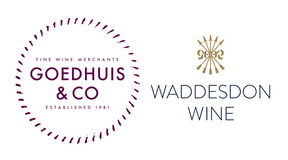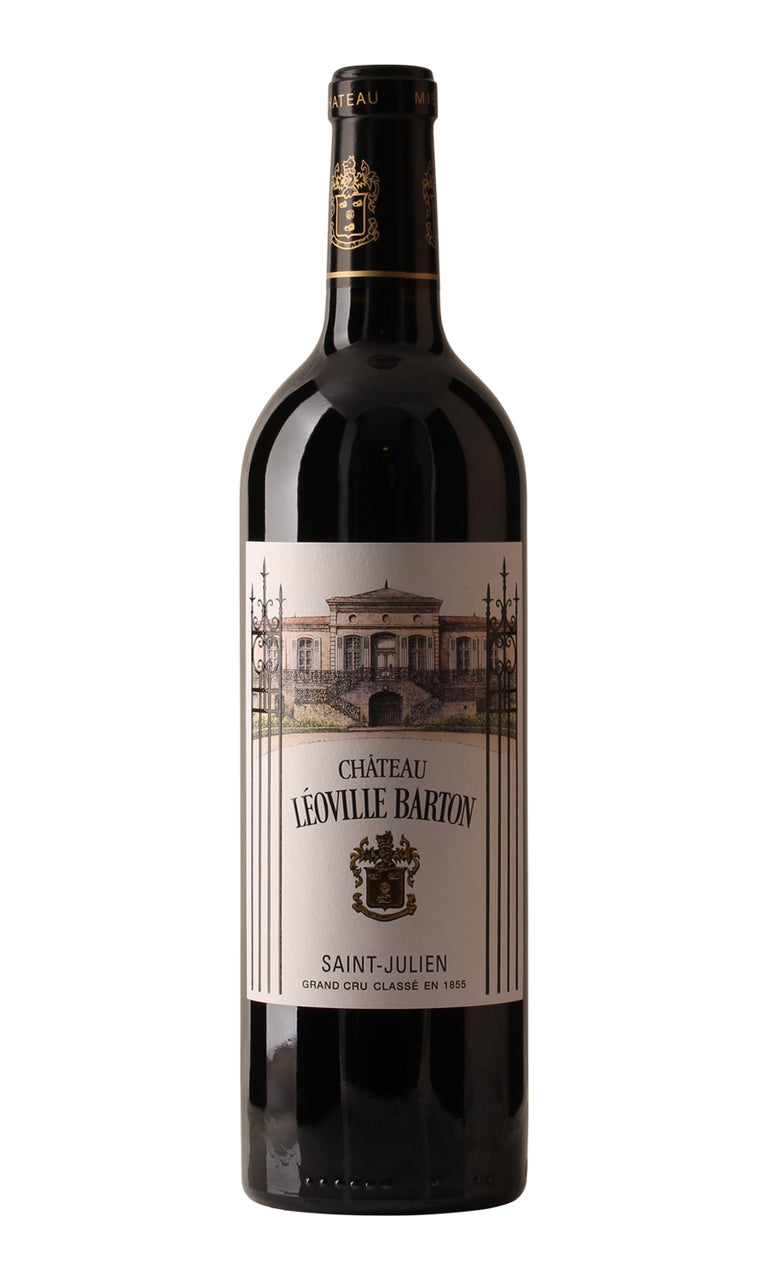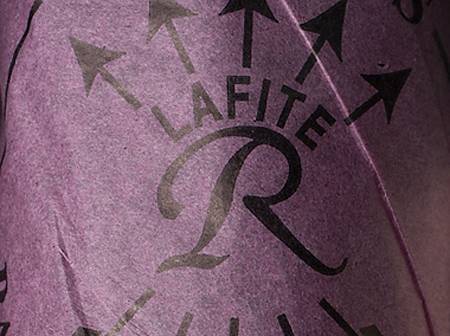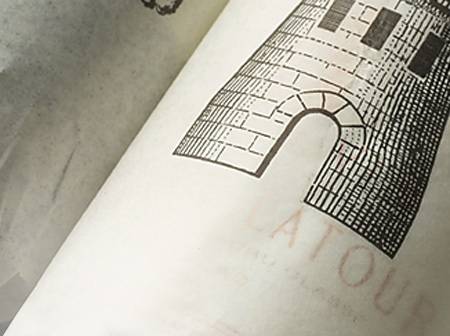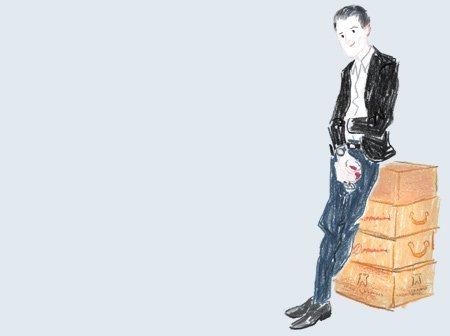2009 - Ch Léoville Barton 2ème Cru St Julien - 1x300cl
- Colour Red
- Producer Château Léoville Barton
- Region St Julien
- Case size 1x300cl
- Available Now
Select pricing type
Need help? Call +44 (0)20 7793 7900 or email wine@goedhuiswaddesdon.com.
-
Goedhuis, April 2010, Score: 94-96
True to form, the 2009 Léoville Barton is bold, serious and brooding. Wrapped in broad, powerful and velvety tannins accompanied by notes of cassis and earthy tobacco leaf, it's determined to makeits presence known. Finishes long and contemplative.
-
Robert Parker, February 2012, Score: 93+
Head and shoulders above its stablemate, Langoa Barton, proprietor Anthony Barton’s 2009 Leoville Barton is another massive, excruciatingly rich, tannic, potentially long-aged wine. Meant for consumers with old fashioned tastes, it boasts a dense opaque purple color as well as a bouquet of licorice, forest floor, unsmoked cigar tobacco and a hint of earth. The wine reveals tremendous denseness and richness, a broad, savory mouthfeel and elevated tannins in the finish. However, there is a sweetness to the tannins and no trace of bitterness and astringency, always a sign of a top vintage as well as fully mature grapes. Still a monolithic baby, this 2009 should be forgotten for at least a decade, and consumed over the next 30-50 years. Drink: 2022 - 2072
-
Robert Parker, April 2010, Score: 93-95+
This behemoth possesses massive extraction, an opaque purple color, huge density, extreme tannins, and a nearly endless finish. Everything is there, but the highly extracted style and off the chart tannins ensures that no one over the age of forty will ever see this wine hit full maturity. Nevertheless, there is a lot to admire, and it-s good to taste a wine that will not be ready to drink for 30+ years. No compromise! Drink: 2040
-
James Suckling
Licorice, berry, grape and currant on the nose turns to crushed fruit. Full-bodied, with very fine tannins, pretty fruit, currant and mineral. A balanced and pretty wine. Not quite the intensity and blockbuster style of the 2005, but excellent.
-
Decanter, April 2010, Score: 19
Dense purple red, finely concentrated blackcurrant Cabernet nose with many layers of complexity, shows freshness above the controlled intensity of pure vineyard fruit, still shut in but a very great expression to come. Drink 2017-40.
-
Jancis Robinson, November 2013, Score: 16.5/20
Bright purple. Rich, chocolatey nose with lots of toasty oak. Modern, stylish, well sculpted. But is it all mouth and no trousers? It does seem to fade somewhat on the palate, and has a bitterness that detracts from the quality somewhat. (RH) Drink Dates 2014 - 2024 Score 16.5/20
-
Wine Spectator, April 2010, Score: 92-95
Licorice, berry, grape and currant on the nose turns to crushed fruit. Full-bodied, with very fine tannins, pretty fruit, currant and mineral. A balanced and pretty wine. Not quite the intensity and blockbuster style of the 2005, but excellent.
Producer
Château Léoville Barton
One of the great names in classically styled claret, Léoville Barton has been owned by the same family throughout its entire existence - an unheard of rarity in Bordeaux. Their roots can be traced back to 1826, when Hugh Barton bought 50 hectares of vines in the heart of St Julien and subsequently Château Leoville Barton was made a 2ème Cru Classe in the 1855 classification. Today, the Château is run by Anthony Barton’s dau...Read more
One of the great names in classically styled claret, Léoville Barton has been owned by the same family throughout its entire existence - an unheard of rarity in Bordeaux. Their roots can be traced back to 1826, when Hugh Barton bought 50 hectares of vines in the heart of St Julien and subsequently Château Leoville Barton was made a 2ème Cru Classe in the 1855 classification. Today, the Château is run by Anthony Barton’s daughter Lillian and her son Damien Barton-Sartorius. Unusual for the Médoc region, there is no château based on the property. As a result, the wines are vinified and aged at neighbouring Langoa Barton, which as its name suggests, is also owned by the Barton family.Read less
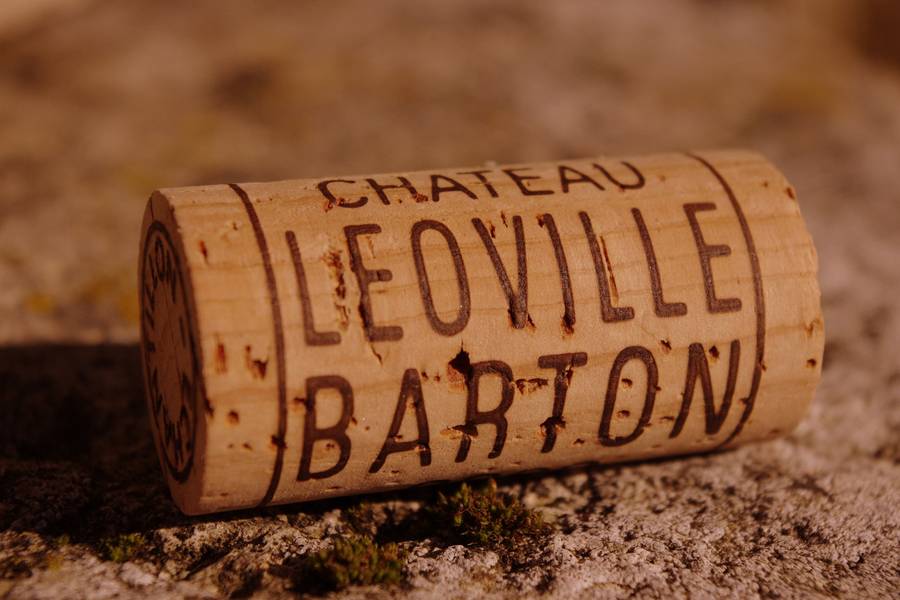
Region
St Julien
St Julien is like the middle child of the Médoc - not as assertive as Pauillac or as coquettish as Margaux. It lies firmly between the two more outspoken communes and as a result produces a blend of them both. St Julien's wines have often been sought out by aficionados for their balance and consistency, particularly in the UK. Yet due to its middle child nature, it can occasionally be overlooked globally and as a result underrated by those markets outside the UK. Despite the fact that it has no first growths, it has several second growths including Léoville Las Cases, Léoville Barton, Léoville Poyferré and Ducru Beaucaillou as well as the celebrated châteaux such as Talbot and Beychevelle.
